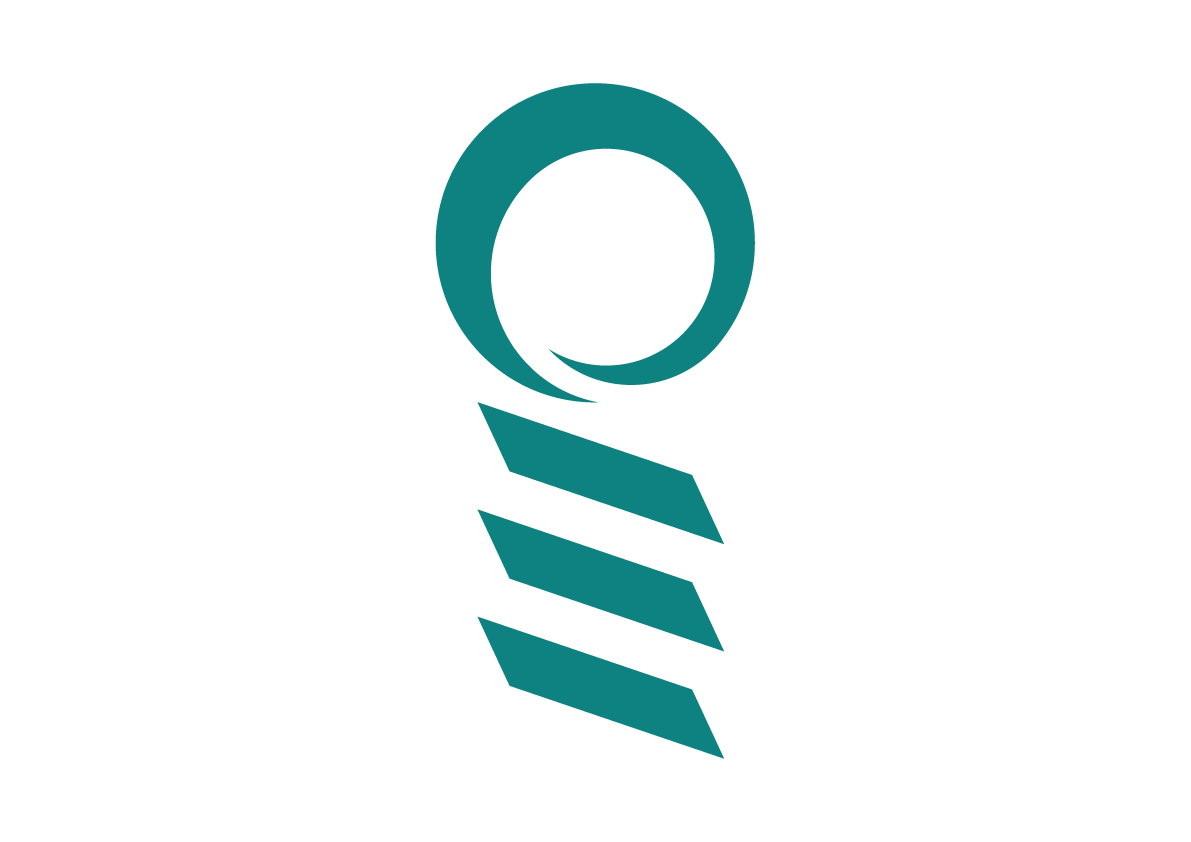South Korea and the COVID-19 Pandemic: Lessons Learned for Indonesia
Picture: Martin Sanchez
*This commentary was co-authored with William Sulistyo as data supporter. He is a sophomore at Department of International Relations, Universitas Kristen Indonesia (UKI) and President of INADIS Thinkers Club-Unit UKI.
The novel Coronavirus, also known as COVID-19, continues to spread throughout the world at a rapid pace, devastating countries and killing more than 200,000 people worldwide. As of 30 April 2020, the United States (US) has the world’s most COVID-19 cases, with 1,095,023 cases and 63,856 deaths, making the mortality rate 5.8%. Similar to the US, China also has a mortality rate of 5.6% (82,862 cases and 4,633 deaths), whereas Italy has one of the biggest mortality rates 13.6% (205,463 cases and 27,967 deaths). In contrast, South Korea has so far recorded 247 deaths of 10,765 cases, which means that the country has a mortality rate of 2%—one of the lowest in the world. Almost 85% (9,059) of the total infected South Koreans have also recovered. Meanwhile in Indonesia, as of 30 April 2020, there have been 10,118 confirmed cases, 792 deaths, and 1,522 recovered patients. This means that Indonesia’s mortality rate is also high, sitting at 7.8%. A very significant difference in mortality rates between South Korea and Indonesia. Based on that simple data analysis, it can be imagined how the rate of mortality and positive cases in Indonesia will rise as new data is still continuing to be updated.
Therefore, what has caused South Korea to have a relatively low mortality rate in comparison to Indonesia? How did South Korea successfully minimize the country’s mortality rate from COVID-19? The answers lie on South Korea’s early intervention. Initiated by South Korea’s foreign minister, Kang Kyung-Hwa, the country has devised early preventive strategies such as early health screening for three different levels at every airport and international port entrance: 1) separation based on point of departure upon arrival, 2) on the spot health quarantine survey, and 3) on the spot phone verification for quarantine and monitor efforts. These steps were taken after the discovery of a large number of COVID-19 cases in Daegu. South Koreans officials also carried out mass swab tests, which has been proved to be the key to South Korea’s success in handling the COVID-19 pandemic despite not implementing a lockdown policy. Furthermore, South Korea was able to control the spread of COVID-19 due to its citizens’ support. South Koreans were actively participating in the government’s appeal to always maintain personal hygiene including wearing a mask in public places. Government’s early intervention, combined with the citizens’ discipline, are what made South Korea as one of the most successful countries in the world to deal with this pandemic.
Unlike South Korea, Indonesia seems to lag behind in taking measures against the COVID-19 pandemic. Iwan Ariawan, a biostatistics lecturer from Universitas Indonesia, said that the most concerning thing is that the Indonesian healthcare system “cannot cope” with the pandemic. President Joko “Jokowi” Widodo even admitted, “Indonesia needs stricter rules to cope with COVID-19.” These statements, according to Ben Bland of the Lowy Institute, exposed the flaws in the pragmatic approach of President Jokowi’s cabinet to politics and strategic thinking in policy making. Thus, it gives an impression that Indonesia does not take into account the scale of the pandemic and how to handle it, which eventually resulted in Indonesia having the most fatal COVID-19 case in ASEAN.
In more details, it appears that there is a lack of coordination within the Indonesian government bodies, as seen in the conflicted policies regarding restrictions on public transportation issued by the ministries and the local governments. The Ministry of Transportation, for example, allowed online motorbike taxi drivers to take passengers, whereas the provincial government of DKI Jakarta only permitted online motorbike taxi for delivery of goods . When confronted, each government body would wash their hands of the conflicting policies and point fingers at one another. This example shows the conflict of interest between Indonesian policy makers even in the midst of a pandemic. This conflict of interest certainly does not help the country in fighting against COVID-19. To make matters worse, there is no equal opportunity to access qualified healthcare facilities across Indonesian islands, such as unequal test access among the poor and only 12 labs that are capable for handling swab testing result processes. Indonesian people also seem lacking the discipline to comply with the social distancing policy. But this can also happen because the government does not have strict measures and even punishments in place.
Having said that, if Indonesia has followed South Korea’s measures in curbing the spread of COVID-19, Indonesia might have saved many lives and succeeded in flattening the infection curve. Fast-paced policy making, minimizing conflict of interest between ministries/agencies and regional government, expanding qualified health facilities, and imposing stricter travel restrictions with high monitored movement are some of the lessons from South Korea. Indonesia needs to formulate policies—and every level of government must have the same voice on it—that not only have stricter measures, but also transparent in terms of giving the facts about the pandemic so that the public understands how dangerous COVID-19 is. The Indonesian government needs to emphasize the importance of practicing personal hygiene and social distancing, as well as imposing inter-regional travel bans. Additionally, considering the large population of Indonesia, the policies should accommodate every level of Indonesian society. Mass testing with swab technique and access to qualified health facilities should be available for everyone.
